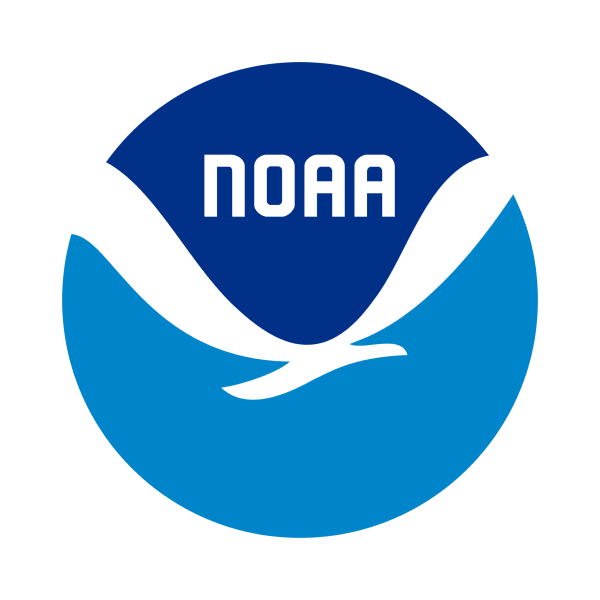Scientists at the University of Connecticut are conducting field and laboratory studies to determine the types and concentrations of microplastics ingested by oysters, how the characteristics of microplastic particles may influence whether or not they are ingested, and the effects of microplastic ingestion on the digestive processes of oysters.
Type of Project: Research
Region: Northeast
Project Dates: August 2017 – October 2021
Who is involved?
Researchers from the University of Connecticut and Oregon State University, with support from a NOAA Marine Debris Program Research grant, are conducting field studies in Long Island Sound and laboratory studies at the University of Connecticut to examine microplastic ingestion by oysters and the effects of ingestion on oyster digestive processes. The Connecticut Bureau of Aquaculture is assisting with the collection of field samples.
What is the project and why is it important?
Plastics are a common and persistent pollutant in marine waters worldwide. Weathering can cause larger plastic materials to break into microplastic pieces, and we are still in the beginning stages of understanding the impacts microplastics can have on the environment. Eastern oysters (Crassostrea virginica) are one of the most important bivalve species on the east and Gulf coasts of the United States, supporting large aquaculture and fisheries industries, and providing extensive ecosystem services. Recent research has shown that microplastics can be ingested by oysters and other bivalves that filter their food out of the water. However, many of these studies have occurred in a laboratory setting, using concentrations of a single type of microplastic that may not reflect conditions oyster naturally experience. Understanding the environmentally-relevant types and concentrations of microplastics, and the potential for their ingestion by oysters and other species, is an important goal of marine debris research.
In this study, researchers are investigating the types and concentrations of microplastics commonly found in and around a natural bed of oysters in the Long Island Sound using water samples, benthic sediments, and oyster tissues. Though oysters are filter feeders, they can select what particles they ingest. To understand what types of microplastics are ingested versus rejected, laboratory experiments are being conducted to expose oysters to several types of microplastics with different characteristics (i.e., size, shape, aspect ratio, etc.). Groups of oysters are then exposed to either the most frequently ingested or rejected types of microplastics and any adverse effects on digestive processes are determined. Finally, researchers are developing a statistical model to predict the likelihood that different microplastics will be ingested by oysters.
This study is one of the first to address the actual risk of internal exposure of different types of microplastics to a filter-feeding bivalve. It provides vital data on the types of microplastics that oysters are likely to ingest and thus have the potential to cause adverse effects on them. Overall, the findings of this study are helping inform coastal managers about threats of microplastics to economically and ecologically important marine resources.
For more information about this project, visit the Marine Debris Program Clearinghouse.
 An official website of the United States government.
An official website of the United States government. 
